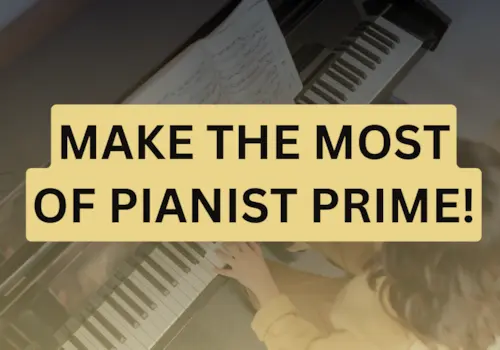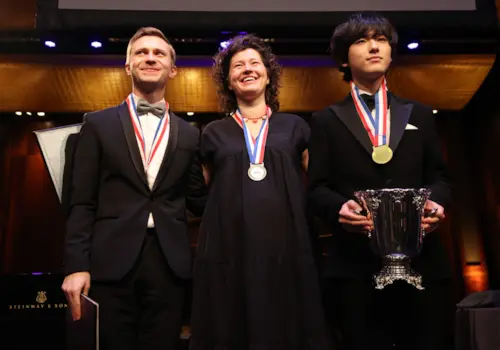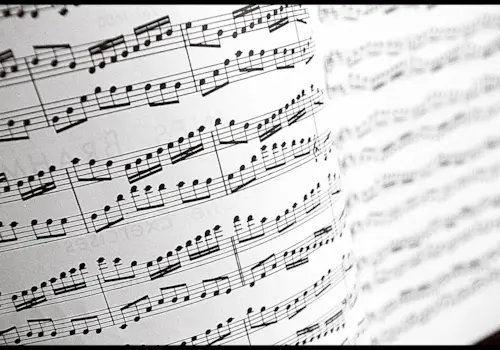23 August 2016
|
Read an excerpt of John Evans' article about hidden gems of the piano repertoire
John Evans goes on a treasure hunt for little-known piano pieces and finds (mostly) glittering gems from the likes of Bruckner, Copland, Glazunov, Vaughan Williams, Saint-Saëns and more
Browsing Bach, sifting Schubert or mulling Mozart? Give yourself a break and explore new avenues instead. Some of the most unlikely composers – people with reputations forged in genres such as opera and orchestral music – wrote exquisite pieces for the piano. Admittedly, many of these pieces were written more as passing diversions or, in some cases, as simple teaching aids. Few push the instrument’s envelope; still fewer would stretch a more than moderately skilled pianist. However, because these pieces were penned by the greats, most are fresh and inventive, even, on occasion, quite moving. What’s certain is that one or two are sure to make it into your repertoire of those pieces you can perform at the drop of a hat.
Who would have thought the great, brooding symphonist Anton Bruckner could write something so simple and charming as Klavierstück in E flat (WAB 119), a short piece for the piano lasting no more than a minute and a half? Or that Puccini, the heart-on-sleeve master of opera, could compose something so intimate and reflective as Foglio d’Album, a piece that’s barely longer?
Of course, most of the great composers were no strangers to the piano, but many chose to write at the instrument rather than for it. Indeed, some found the instrument so useful in this respect that they went to extraordinary lengths never to be separated from it.
Take, for example, opera composer Bizet and his so-called ‘composing table piano’. Today the instrument resides at the Cobbe Collection of composer-related keyboard instruments in Hatchlands Park near Guildford, Surrey [See article on the Cobbe Collection inside Pianist No 90]. Viewed from behind, it would be easy to mistake it for a small desk but come around to the front and you’ll find a perfectly crafted six-octave keyboard. (More on Bizet later.)
Of course, the master craftsmen of the piano, whose names are well known, worked on a far larger canvas than the composers we’re considering here, both horizontally, in terms of size and scale (sonatas and concertos) but also vertically, in terms of complexity, ambition and inventiveness. Few piano pieces by the likes of Puccini, Bruckner and so on come close. Some are charming but superficial, while others are slightly awkward and unresolved. But in the right pianistic hands, all sound beautiful and have that little something – an unexpected harmony, a sudden change in mood or a twist in the melody – any pianist worth the name can get their musical teeth into.
One or two composer names I will mention in this article may raise some eyebrows. For example, with five piano concertos, as well as his extended Variations on a Theme of Beethoven and a raft of transcriptions for the instrument, Saint-Saëns was hardly a stranger to the piano. However, his more modest pieces are rarely played, which is why we’ve included one of them here. [His Bagatelle op 3 no 3 is on page 57 of this issue’s Scores.]
It’s fun to think of a great composer and go in search of some little-known gem they might have penned for the piano. Alas, you’ll look in vain for anything by Berlioz. He never learned the instrument and didn’t care much for it, either. On the other hand, as a young man, Mahler did study it and, on occasion, wrote music for it. However, only one movement remains of his Quartet for Piano and Strings, while a solo piece he composed as a student has been lost. [Cont...]
Full article appears inside issue 91.







